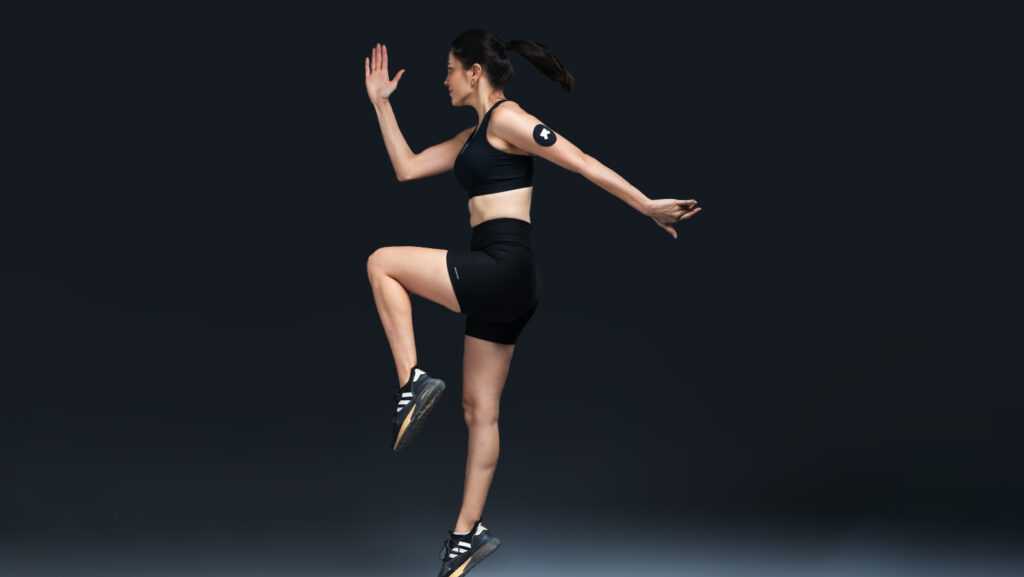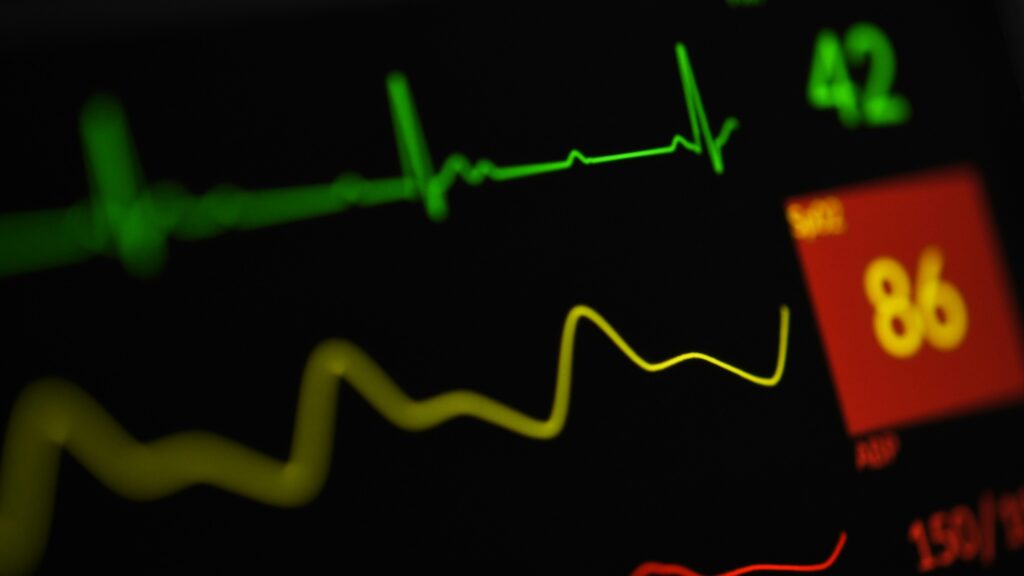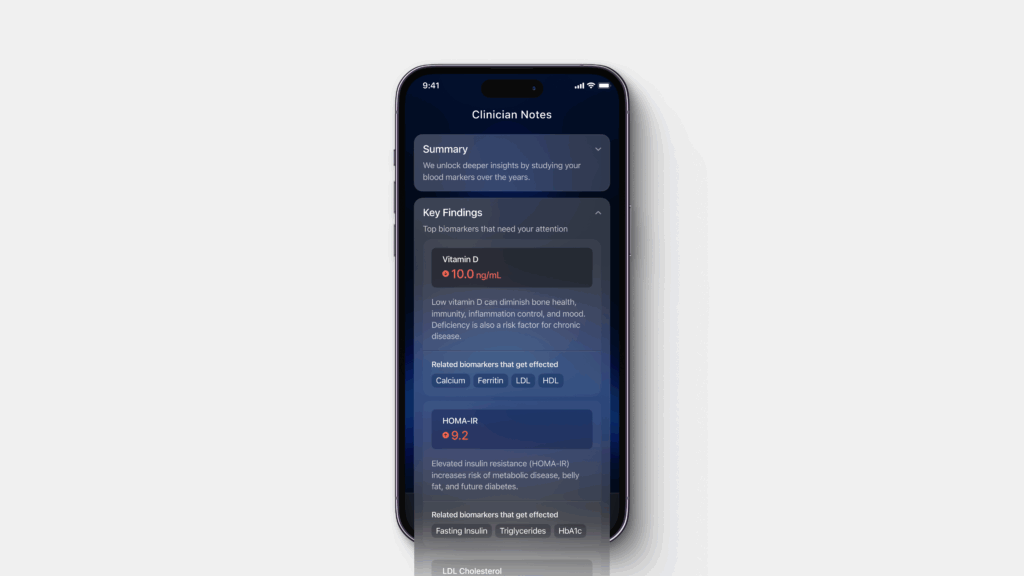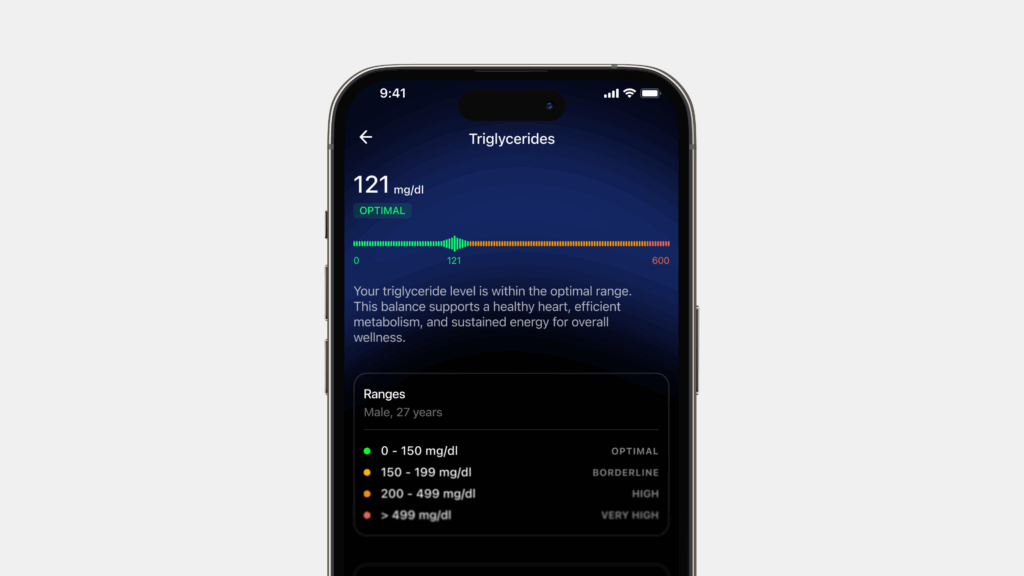Heart rate variability (HRV) has become an important measure of health and wellness. It’s a measurement of the time difference between your heartbeats, and greater variability shows your body is well-rested and prepared for life’s challenges.
A high HRV is an indication of your heart’s readiness to adapt well to your environment and has several benefits for overall health. But a low HRV is a sign of stress, illness, or poor recovery.
Here’s how to boost your HRV in the long and short term.
Highlights
- The higher your HRV (greater variability between heartbeats), the better recovered your body is.
- High HRV shows your body’s parasympathetic “rest and digest” status.
- Low HRV means fight or flight – and is a sign of stress on the body.
HRV at a glance
Heart rate variability measures the time between heartbeats. The time between heartbeats quickens and slows constantly in response to the environment and is influenced by the autonomic nervous system (ANS). You can read the science behind HRV and what it means for your body in our complete guide.
The ANS controls our internal organs and consists of two distinct subsystems:
- The ‘fight-or-flight’ response (triggered by the sympathetic system)
- The ‘rest-and-digest’ response (triggered by the parasympathetic system)
The higher your HRV (greater variability between heartbeats), the more responsive your body is to your environment, the better balanced your nervous system, and the healthier your heart.
On the other hand, a low HRV means that one set of responses is dominant, usually the sympathetic system. Chronic stress and insufficient rest can leave one stuck in sympathetic overdrive. Research shows that low HRV is associated with an increased risk of heart disease, diabetes, and hypertension.
10 ways to improve HRV

Get regular exercise
Taking a long-term view of HRV improvement, regular exercise and good fitness help to keep HRV high.
‘Staying active is one of the most effective ways of raising your HRV. Research shows that people who exercised benefited from a better-balanced ANS. Data from the study demonstrated an increase in parasympathetic activity and a reduction in sympathetic activity in people who trained, especially women, and this was noted even when the subjects were at rest.
However, it’s key to avoid overtraining. This can lower HRV and increase autonomic stress.
Eat Mediterranean

Eating right is not just a smart and healthy choice – it’s also a shot in the arm for your HRV. Most factors associated with the Mediterranean diet, such as consuming fresh fruit, vegetables and fish have been shown to boost heart rate variability.
A study involving 276 male twins showed a clear association between the Mediterranean dietary pattern and higher HRV. In one such study, twins were studied, and those who showed a greater adherence to Mediterranean dietary habits exhibited 3.9% to 13% higher HRV metrics.
Another effective way to boost your HRV is regular and deep sleep, with the first four hours being of special importance.
Staying in sync with your circadian rhythm by sleeping and waking up at consistent hours allows you to spend more time in REM and deep sleep. This sustains your endogenous circadian rhythm, which has a significant impact on your HRV through an increase in parasympathetic activity.
Try slow guided breathing or mindfulness
Slow, deep, controlled breathing has a positive impact on your HRV. Inhalation raises your heart rate, and exhalation slows it. Slowing your breath to about 6 breaths a minute — called ‘coherent breathing’ — is a great way to rebalance your ANS.
To slow your breath, try alternate nostril breathing, yoga practices like pranayama, or intentional breathing with a cycle time of 10 seconds. You’ll be surprised to know that deep breathing can also lower blood sugar.
Studies have shown that people who engaged in a mindfulness practice for 5 minutes daily over 10 days enjoyed better HRV.
Take a cold shower
Exposing the body to cold for brief intervals — especially the back of the neck — stimulates the vagus nerve. This activates the parasympathetic ANS and bolsters HRV.
Switch to cold water for the last 15–30 seconds of your shower or try cold water immersion for five minutes after training, or experience an ice bath.
Master your circadian rhythm

Get natural sunlight
Exposure to sunlight impacts your overall well-being and enables the body to produce essential vitamins and hormones such as vitamin D, cortisol, and melatonin.
Being outdoors, especially in the morning, triggers parasympathetic nervous system activity, which reflects in your HRV. Exercise or walk outdoors, sunbathe, or step outside after waking and in the evening to maximise gains in your HRV.
Stay hydrated
Good hydration supports cardiovascular function and recovery. This is particularly important after exercise, when fluid loss can impair autonomic balance. Several studies suggest that rehydrating post-workout may help restore heart rate variability more efficiently, especially in endurance athletes. Staying hydrated throughout the day may also support overall recovery, though its direct impact on resting HRV in everyday contexts remains modest.
Limit alcohol
Alcohol has a brutal effect on heart rate variability. Studies have shown that drinking alcohol can lower HRV by an average of 22 milliseconds the following day, and lingering effects may persist for many after.
Try journaling and gratitude
A pilot randomized study involving patients with Stage B heart failure found that an 8-week gratitude journaling intervention led to increased parasympathetic HRV responses during journaling and reduced inflammatory biomarkers.
Listen to slow classical music
Research indicates that listening to classical music can positively affect HRV by enhancing parasympathetic activity, leading to reduced heart rate and blood pressure.
But the type of music is critical. The study also found that the effects of music on HRV are influenced by factors such as tempo and intensity. For instance, high-intensity baroque and heavy metal music were found to decrease HRV, indicating increased sympathetic activity.
Be social
Higher perceived social support has been associated with increased HRV, suggesting better autonomic regulation and stress resilience. Research has also shown that individuals with strong social ties tend to exhibit higher HRV, reflecting improved emotional regulation and cardiovascular health.
Disclaimer: The contents of this article are for general information and educational purposes only. It neither provides any medical advice nor intends to substitute professional medical opinion on the treatment, diagnosis, prevention or alleviation of any disease, disorder or disability. Always consult with your doctor or qualified healthcare professional about your health condition and/or concerns before undertaking a new health care regimen including making any dietary or lifestyle changes.
References
- Low Heart Rate Variability in a 2-Minute Rhythm Strip Predicts Risk of Coronary Heart Disease and Mortality From Several Causes
- Heart rate variability in type 2 diabetes mellitus: A systematic review and meta-analysis
- Reduced heart-rate variability and increased risk of hypertension
- Heart Rate Variability at Rest and Exercise: Influence of Age, Gender, and Physical Training
- Autonomic recovery after exercise in trained athletes: intensity and duration effects








